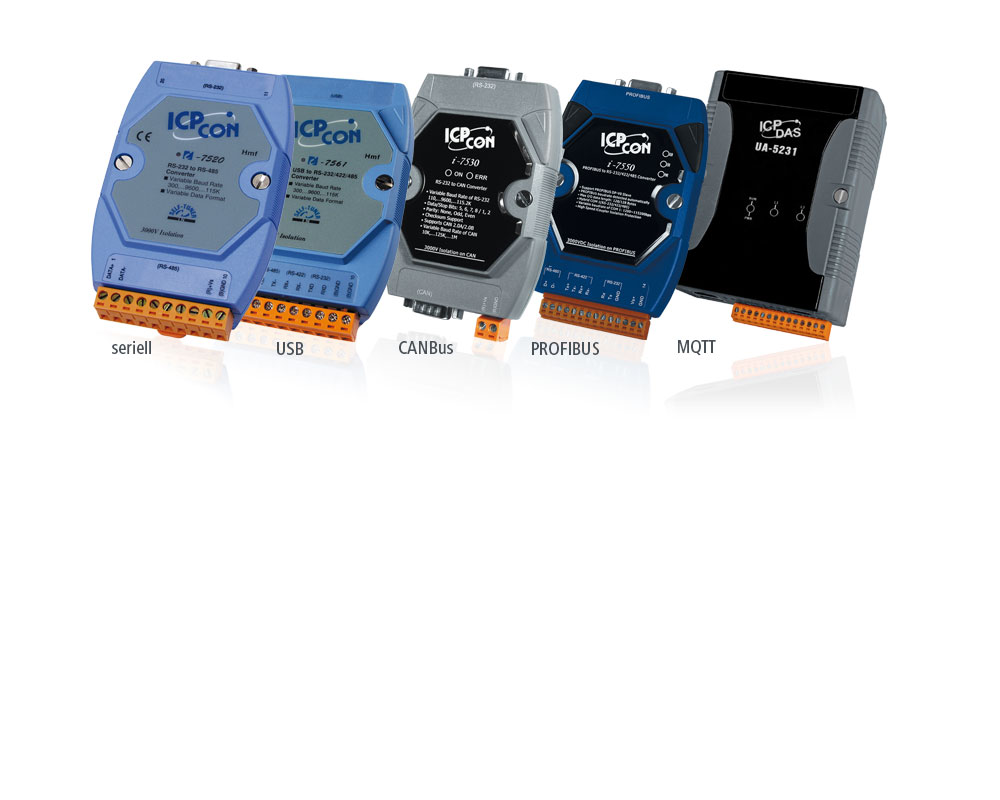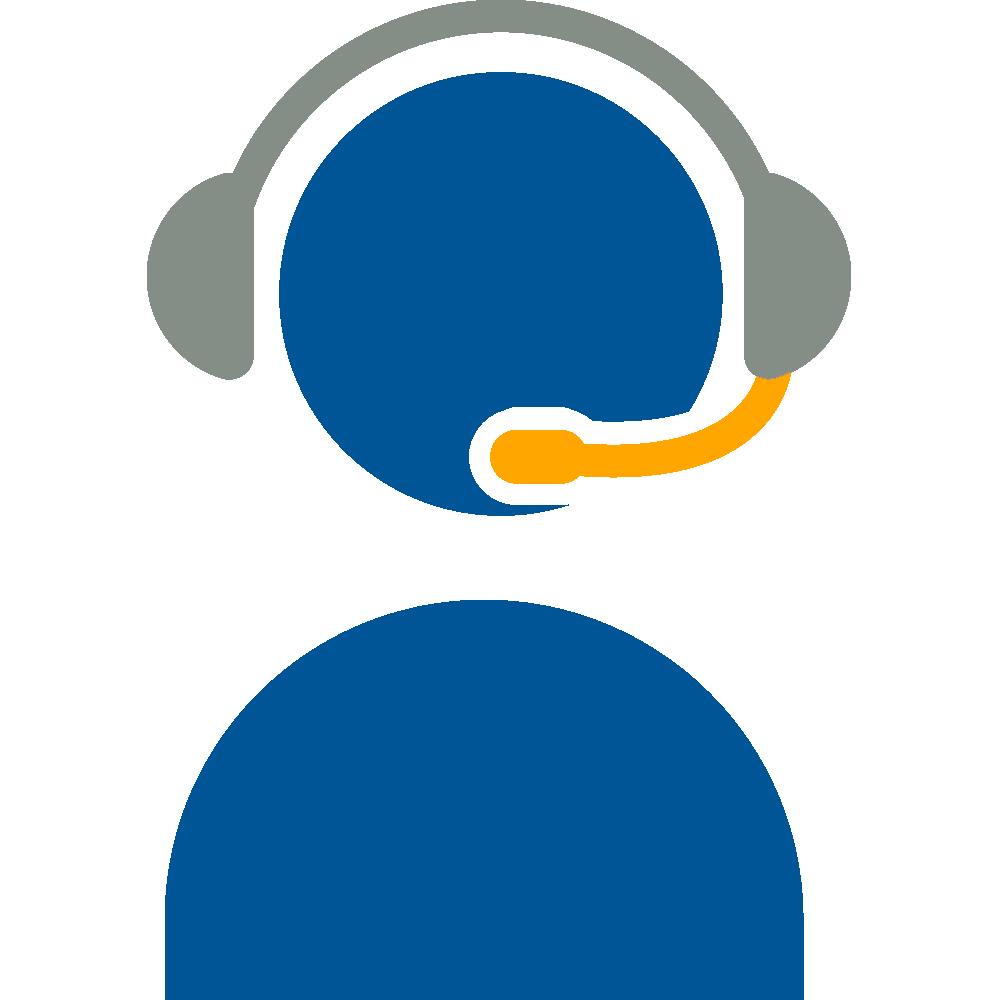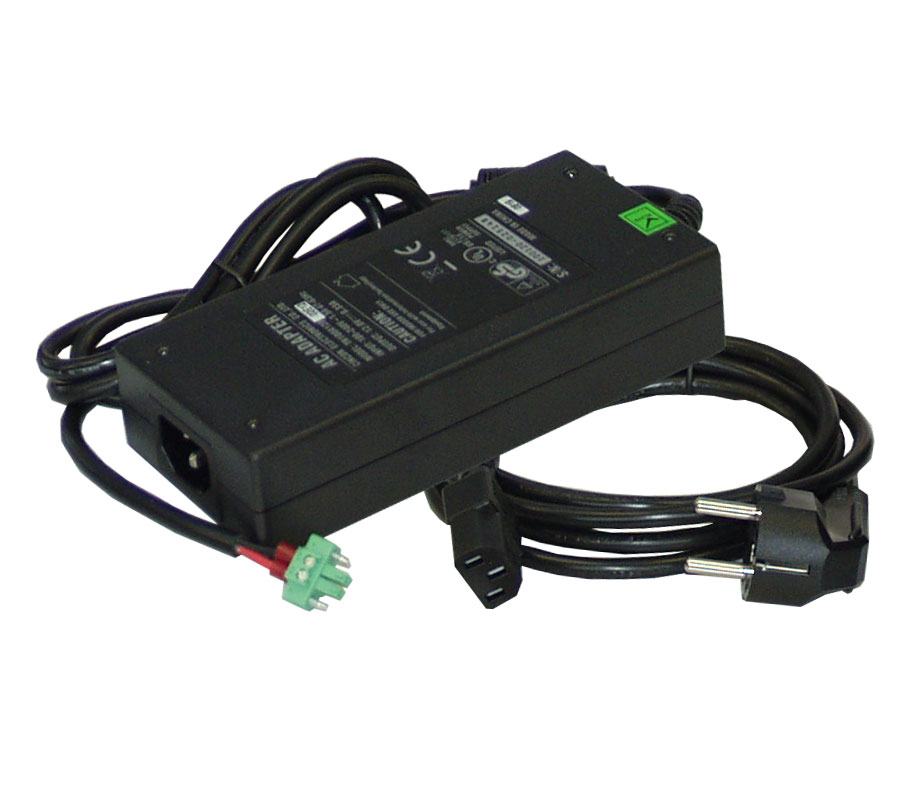What to do if the interface does not fit?
You have a device with a serial interface, but your PC has only USB? Or you have to connect Ethernet devices that speak Modbus TCP to the PROFIBUS of a master PLC? These are only two of many example scenarios where the interface of one device does not match the interface of the other device. This is where interface converters, which are often simply referred to as converters in technical language, can help. They convert from one interface or fieldbus to another interface or fieldbus.
Such a converter performs three tasks.
1. It converts the plug connection so that the device/bus connections with their plugs and sockets fit from both sides. For example, a USB-to-serial converter has a USB TypeB socket on the USB side and a SubD9 socket or simply screw terminals on the serial RS-232 side.
2. It provides the prescribed electrical levels of all cable lines on both interfaces, "left" as well as "right".
3. It converts the data from one protocol to the other - and vice versa. This can be a simple 1:1 bit or byte mapping, can also become quite complicated if the structure of the data frames on the two interfaces is very different. In this case the user still has to configure or even program the interface converter.
Of course, the data passes through the interface converter both from "left" to "right" and from "right" to "left".
Nevertheless:
Interface converters cannot be used symmetrically!
Example: A USB-to-serial converter provides a PC with a serial COM port with DB9 socket by means of a virtual COM port driver. But never a complete plug'n play USB interface results if the converter is connected to the serial COM port of the PC. This operating mode is not possible.
Too complicated? Ask us. We are happy to assist you!








